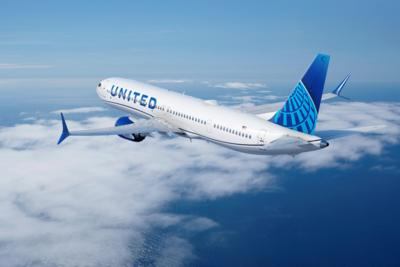“Stupidity is a talent for misconception.” —Edgar Allan Poe
Notwithstanding sentiments the likes of Fly the friendly skies, Doing What We Do Best, Something special in the air, and We love to fly and it shows, airlines (lately, in particular) seem neither altruistic, public-spirited, nor benevolent. They are businesses—businesses with razor-thin profit margins. Airline boards, CEOs, and stockholders—though wont to bemoan a gamut of perceived hardships ranging from brand recognition, to landing fees, to fleet modernization—fret most often and with greatest urgency over two constants—the costs of fuel and labor.

As technology advances and pilot salaries increase, airlines have inclined with increasing resolve toward the controversial notion of amending Part 121 of the Federal Aviation Regulations—the bit pertaining to scheduled airlines—in such a way that commercial cargo and passenger flights could be lawfully undertaken as single-pilot operations.
Currently, federal aviation regulation requires Part 121 operators to staff all flights with at least two qualified pilots. What’s more, the entirety of the extant transport category aircraft fleet is type-certified for two-pilot operations. Older aircraft, such as the Boeing 707s and Douglas DC-8s still in service with cargo and foreign carriers, require a third cockpit crew-member.
For years, airlines have promulgated the alleged merits of single-pilot operations, stating in the calculated argot of accountants that cutting cockpit personnel by fifty-percent would summarily solve staffing problems occasioned by a pilot shortage the FAA and ALPA have dismissed as non-existent.

The Federal Aviation Administration Reauthorization Bill currently before Congress contains language requesting that the legislative body add provisions to Part 121 permitting single-pilot commercial flight operations—initially of cargo aircraft.
Pilots and pilot unions vehemently oppose single-pilot operations, arguing that such a practice would serve only to bolster airline profits while negating disciplines fundamental to the safety culture by dint of which the last 25-years have been rendered the safest in powered flight’s 119-year history.
Numerous recent events—to include the so-called Miracle on the Hudson—substantiate the arguments set forth by the aviators and their unions.
On 20 November 2022, the second pilot of an American Eagle Embraer E175 saved 57 lives by executing a safe emergency return to Chicago’s O’Hare Airport (ORD) after the flight’s captain lost consciousness.
In 2013, a United Airlines 737 SIC saved 157 lives by performing a safe, single-engine, emergency landing at Omaha’s Eppley Airfield (OMA) after the aircraft’s PIC became incapacitated.
The single-pilot ideology is born of simple greed. Certainly, machines could be built to perform those functions, but creating a thing just because the technology to do so exists is often a fast-track to big trouble—e.g., social media, gain-of-function testing, and the Toyota Prius. No autopilot, annunciator system, or fly-by-wire foolery can share the burden of responsibility for the five, fifty, or five-hundred lives aft of the cockpit bulkhead.
 NTSB Final Report: Rutan Long-EZ
NTSB Final Report: Rutan Long-EZ ANN FAQ: Turn On Post Notifications
ANN FAQ: Turn On Post Notifications Classic Aero-TV: ICAS Perspectives - Advice for New Air Show Performers
Classic Aero-TV: ICAS Perspectives - Advice for New Air Show Performers ANN's Daily Aero-Linx (06.28.25)
ANN's Daily Aero-Linx (06.28.25) Aero-News: Quote of the Day (06.28.25)
Aero-News: Quote of the Day (06.28.25)




